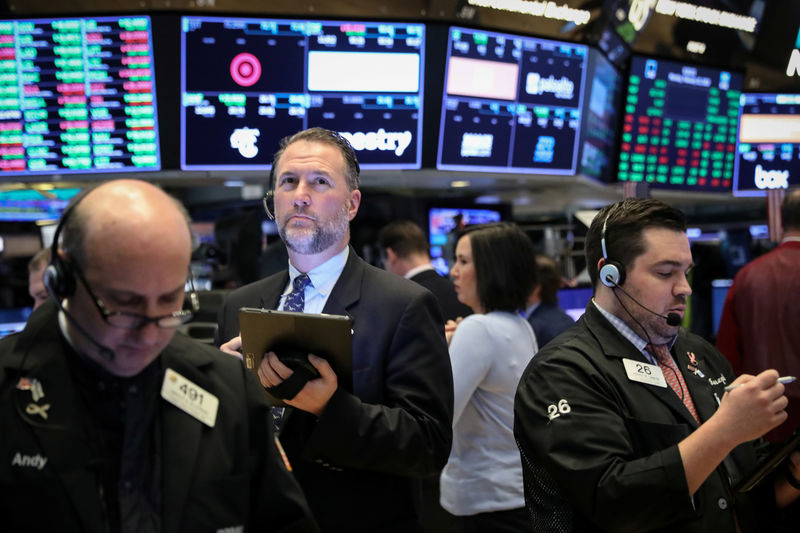September is traditionally a low month for the market, and the first day of spring is looking likely to follow that trend. ASX Futures are down 38 points or 0.5%, threatening a bearish opening to the market.
The ASX200 had a mixed August, down 4.3% a fortnight ago but rallying 2.5% this week to end just 1.5% down for the month.
A combination of softer-than-expected inflation data in Australia, wins on the US bourses creating tailwinds and lower US bond yields all contributed to the rally, which IG market analyst Tony Sycamore believes points to a third pause on rate hikes from the RBA in September, holding interest rates at 4.10%.
“While it is tempting to think a new month will bring better fortunes, September is historically the worst month of the year for the ASX200, with an average negative return of -2.29% over the past decade,” Sycamore wrote last night.
“The bumpy conditions could start as early as tonight, with a raft of important economic data set to drop over the next 48 hours, including inflation reports in Europe and the US and a critical labour market report in the US tomorrow evening.
“The seatbelt fasten light remains switched on.”
A survey by finder backs-up Sycamore’s rate hold assertions, with 97% of surveyed experts picking another cash rate hold for September. Two thirds, or 23/35 also believe the cash rate has reached it’s peak.
US and European markets
The US’s critical labour market report may offer some indicators of sticky inflation, with initial jobless claims falling by 4,000 to 228,000 in the last week, well below the expected 235,000.
Personal income also lifted by 0.2% in July, and the Federal Reserve’s core inflation measure (the PCE core deflator) rose 0.2% in July, matching expectations.
On the other hand, job cuts rose from 23,697 in July to 75,151 in August, more than double the expected 26,000.
The markets were understandably mixed, with the Dow falling 0.5% and the S&P500 0.2% while the Nasdaq lifted 16 points or 0.1%, pushed up by growth tech stocks which benefited from falling US government bond yields.
Amazon (NASDAQ:AMZN), Meta and Tesla (NASDAQ:TSLA) all gained between 0.3% and 2.2% in response.
In August, the Dow lost 2.4%, the S&P 500 slid 1.8% and the Nasdaq fell 2.2%. The S&P 500 and Nasdaq suffered their first monthly declines since February.
European markets fell as inflation refused to fall in August, remaining at 5.3% as Central Banks weigh the risks of further rate hikes.
The FTSE300 fell 0.3% over night and 2.8% during the month, while the UK FTSE100 fell 0.5% to be down 3.4% for the month.
Commodities and currencies
The US dollar mostly strengthened in overnight trading, gaining against the Euro and the Aussie but slipping against the Japanese Yen.
- The Euro fell to US$1.0833 and was near US$1.0840 at the US close.
- The Aussie fell to US$0.6459 and was near US$0.6480 near close.
- The Yen lifted to JPY145.35 per US dollar and was near JPY145.50 at the US close.
Oil and base metal prices went in opposite directions today, demonstrating the volatility and uncertainty of markets at present.
- Oil rose on Russia’s pledge to drop crude exports by 300,000 barrels a day this month, lifting Brent by US$1.00 or 1.2% to US$86.86 a barrel and US Nymex by US$2.00 or 2.5% to US$83.63 a barrel.
- Copper futures slid 0.3%, aluminium futures rose 0.5%, and iron ore added 0.4% to US$109.40 a tonne after China's largest steel producer Baoshan Iron & Steel said it expected a recovery in steel demand.
- Gold futures fell US$7.10 or 0.4% to US$1,965.90 an ounce.
On the small cap front
The Small Ords dipped just 0.05% yesterday, having fallen 1.57% for the month overall. You can read more about the following throughout the day.
